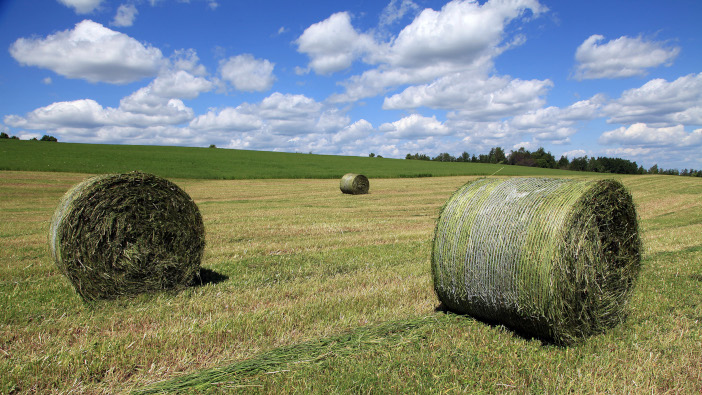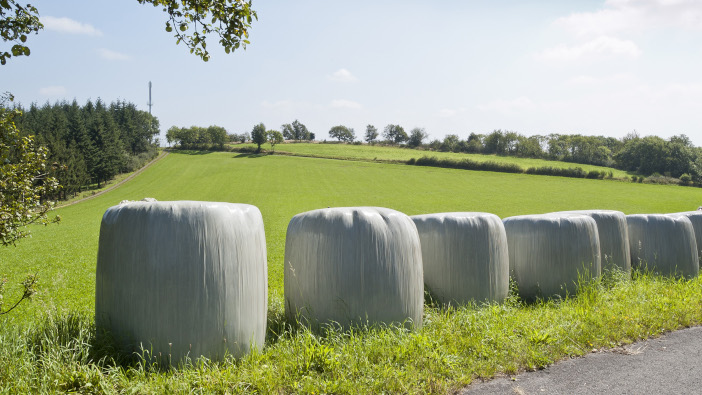The French laboratory group and provider of Agro testing services, Eurofins, is warning farmers of possible bale contamination due to 2022’s dry start.
Daniel Robinson, managing director at Eurofins Agro Testing UK, stresses that baled silage can be prone to soil contamination due to dust and slurry being incorporated into bales.
“If the slurry is not incorporated into the soil, the crop will not see the full benefit and any residues risk contaminating bales with harmful bacteria, such as Enterobacteriaceae,” he said.
“High applications followed by dry weather can also cause the fibre from the applied slurry to lift up into the crop, but this can be detected by accurate ash analysis,” Mr Robinson added.
Normal ash levels in the plant should be around 6 to 8%, according to Eurofins.
“A test will show contamination by providing data on Volatile Fatty Acids. Contaminated bales will be high in butyric acid and low in lactic acid, causing dry matter losses. A slower fermentation in the bale will be shown in a higher than optimal pH level, leading to the bale not storing well and losing protein,” continued Mr Robinson.
Higher numbers indicate additional mineral content which will have occurred due to the soil being incorporated into the bale. Soil can contain clostridia, spores and enterobacteria, which can be a challenge to overcome.

Mr Robinson suggests that a pre-cut dry near-infrared spectroscopy (NIRS) test should be carried out, to establish sugar levels and nitrate content in forage. A dry NIRS test provides true ash content data by burning the sample at 550°c.
The dry NIRS process also provides data for dry matter content, pH levels, ME and 23 other parameters. “By removing the moisture in the sample, we are essentially removing the ‘fog’ that other tests cannot see through. Drying the sample leaves only the solid content which, once ground to a consistent 1mm thickness, is exposed to the infrared light to provide greater detail than any other test on the market,” explained Mr Robinson.
Eurofins NIRS test increases ash measurement accuracy, to ‘prevent contaminated forage from bales being fed out to milkers’.
Tests can also be performed against 27 different forage types, whether that be grass and maize or mixed whole crop like beans and barley.
“We benchmark each sample against datasets that only include other like for like samples. The accuracy is unparalleled,” Mr Robinson concluded.


